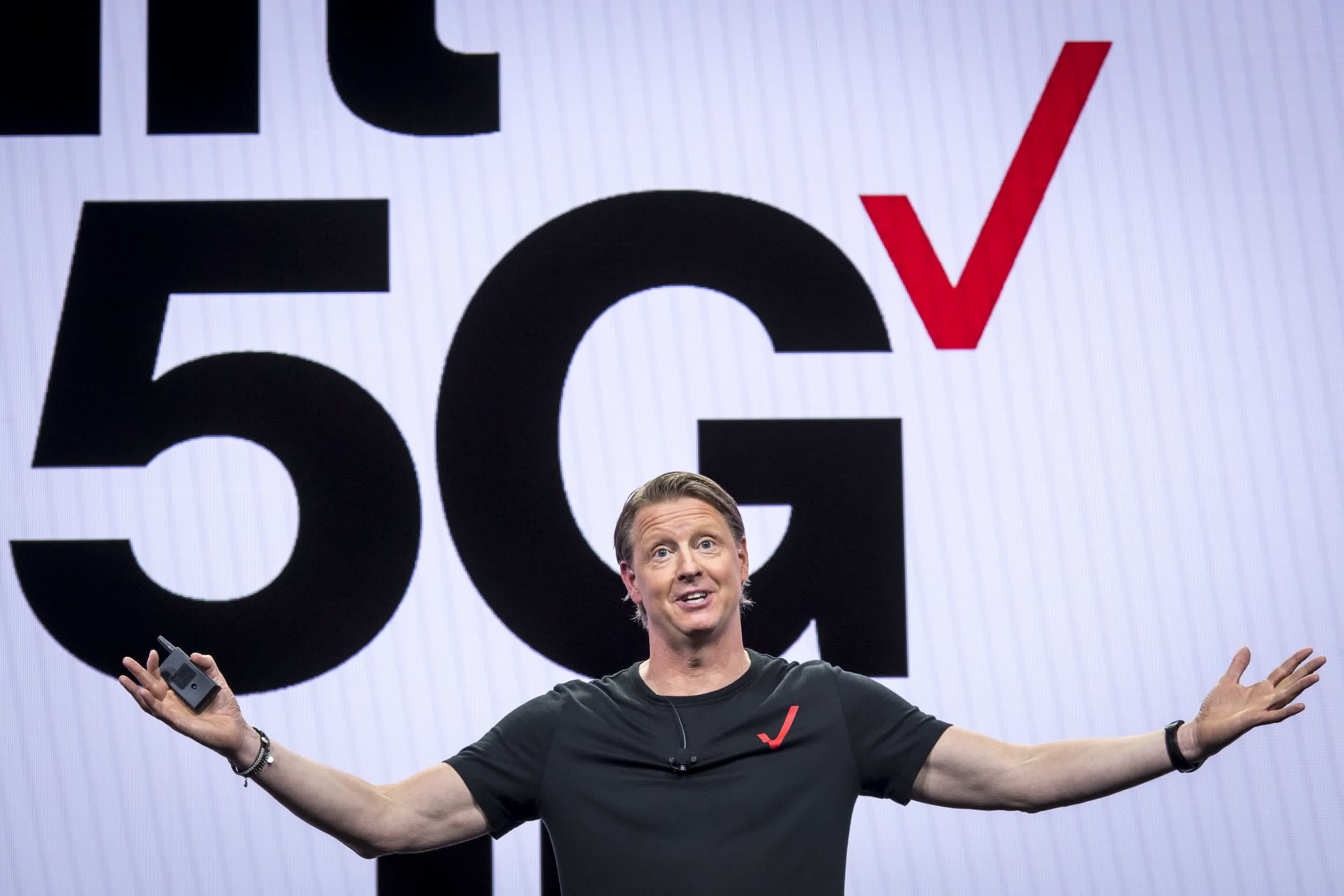Bottom line: Verizon announced that it was lighting up its nationwide 5G network. However, customers may not be able to get the full performance of the network depending on factors such as location and tower congestion.
During it's "Hi, Speed" virtual announcements, Apple brought on Verizon CEO Hans Vestberg to tout how fast the iPhone 12 and 12 Pro 5G speeds would be. Vestberg also announced that Verizon was finally rolling out its 5G network nationwide. However, the speeds may not necessarily be "5G."
Before we get to that, let's just go over what Verizon is doing first. According the announcement, the company is deploying its "5G Ultra Wideband" service to 19 additional U.S. cities and six airports. This is built on the millimeter wave 5G that has admittedly blazing speeds but spotty coverage due to how high the frequency is. Verizon is also rolling out what it calls "5G Nationwide," which uses the older 4G towers.
To go a bit deeper, Verizon uses a technology called "dynamic spectrum sharing (DSS)" that effectively creates 4G/5G hybrid systems. Some of the cell tower spectrum capacity is shifted to 4G or 5G depending on the demand. This means that some percentage of customers will get 4G while another percentage will get 5G. This also allows carriers like Verizon and AT&T (who also uses DSS) to save a bit of money on constructing new cell sites for 5G by simply reusing 4G towers and technology.
Verizon was one of the first American carriers to offer true 5G speeds. The company completed its goal of lighting up 35 cities with millimeter wave 5G by the middle of 2020. Today's announcement ups the number to 54 cities. That said, getting those gigabit download speeds still depends on location and even what direction you're standing in. By comparison, T-Mobile's 5G network is largely using low and mid-band frequencies in order to achieve a greater coverage footprint.
On the plus side, Apple's new iPhones have support for all of the low, mid, and high band 5G frequencies. However, carriers still have to prove why the average person should care about 5G right now.
